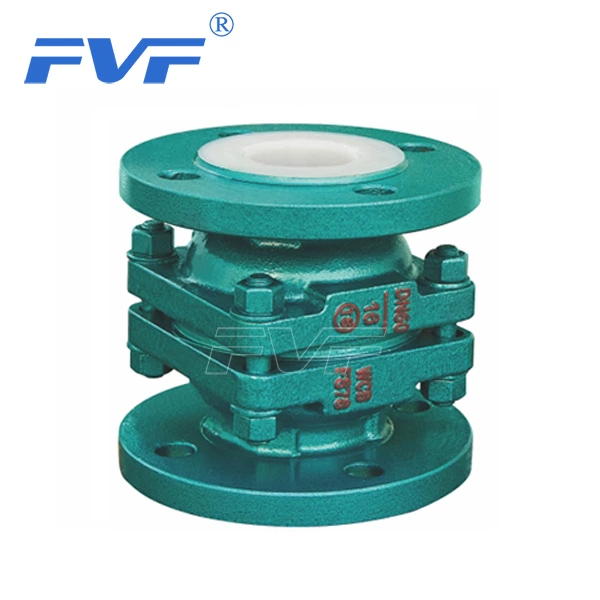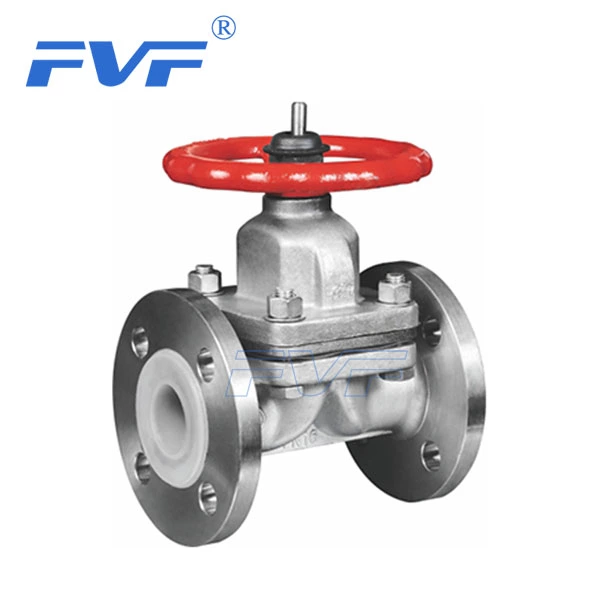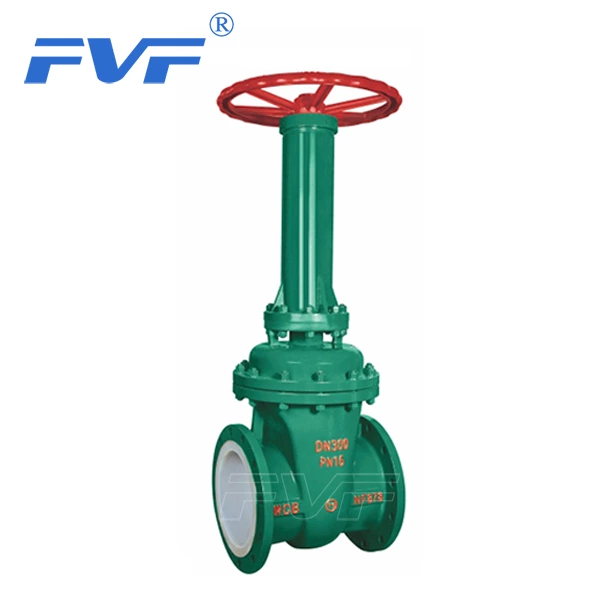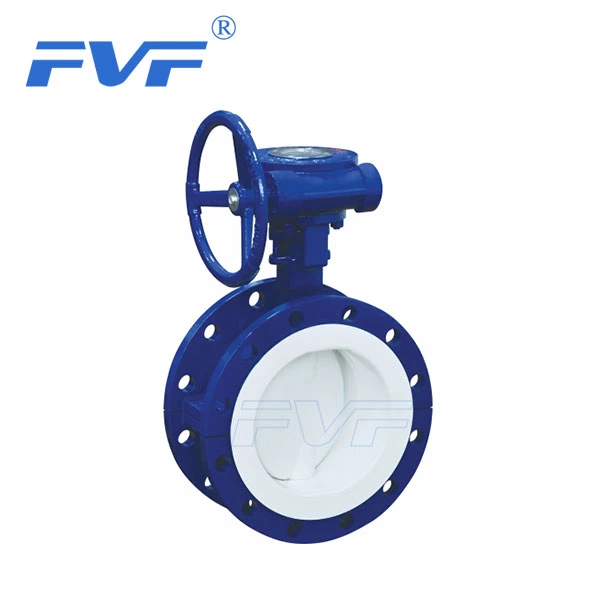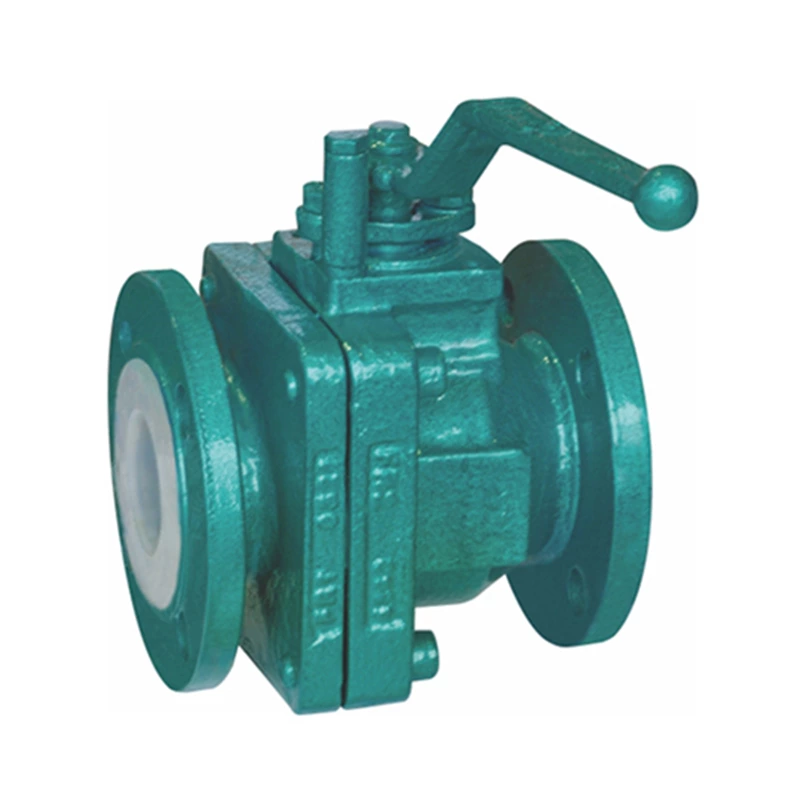Working Principle Of Swing Type Fluorine Lined Check Valve
Lined Check Valve is an automatic anti-corrosion valve that automatically opens and closes the valve disc based on the flow of the medium itself to prevent the reverse flow of the medium. It is also called a check valve or a one-way valve. It is used to control corrosive or highly corrosive media. The inner surface of the valve body is covered with a variety of fluoroplastics that can be selected, which has the characteristics of high strength and good corrosion resistance; it is suitable for different working temperatures and fluid pipelines, and prevents the one-way opening and closing of the medium on various pipelines or equipment to flow back. The valve shaft and valve disc of the swing-type fluorine-lined check valve are designed as a body, and the shaft is lined with fluoroplastics. It is embedded in a special groove formed between the valve body and the valve cover, which is flexible to open and close and reliable to seal. In addition, in addition to the valve body and valve disc, the reset spring is also lined with corrosion-resistant fluoroplastics. The well-designed spring enables the valve disc to generate sufficient sealing pressure in the low-pressure area, ensuring the reliability of the valve sealing in the low-pressure area.
Features:
The lining process is used for all places where the medium of the fluorine-lined check valve can reach. The lining material is fluoroplastics such as F46 and F3. It can withstand any corrosive medium except "molten alkali metals and elemental fluorine". It is suitable for pipelines with various concentrations of sulfuric acid, hydrochloric acid, qing fluoric acid, aqua regia and various organic acids, strong acids, strong oxidants and other corrosive media. However, due to the particularity of the lining material, the lined check valve can be used normally between -20℃ and 150℃ according to the different lining materials, and is not suitable for high pressure.
Working principle:
The fluorine-lined check valve is an automatic valve. The opening and closing parts open or close automatically by the flow and force of the medium. It is mainly used in pipelines with unidirectional flow of the medium. The medium is only allowed to flow in one direction to prevent accidents such as backflow of the medium, reverse rotation of the pump and the drive motor, and discharge of the container medium.
Analyze the use of fluorine-lined check valves
The fluorine-lined check valves are all newly purchased, and the water outlet pressure is also satisfied, all above 0.4MP. The check valve is located at the outlet of the water pump. When the water pump stops, the pressure of the pipe network will flow back into the tank behind the water pump. The water inlet pressure of the tank is about 0.3MPa. Fluorine-lined wafer check valve? So, what is the reason why the fluorine-lined check valve cannot stop water?
In fact, it can be said that there is no check valve that does not leak. As long as the leakage is within the specified value, it is qualified. Then the check valve mentioned above cannot stop water and leaks. The editor summarizes that it may be caused by the following reasons: The pressure difference before and after the check valve is not good, which may cause leakage. Maybe the valve seat does not return to its position, and the valve seat is sometimes stuck. The spring does not work and the leakage is not large. Or the seal is not good.
The direction is installed in the wrong direction. This vertical installation method can be installed upside down if you are not careful. The valve disc can be opened by its own gravity. It may be caused by the mismatch between the sealing surface and the rubber. In the pipeline, if there is a little sand and gravel in the water, it will affect the resetting of the fluorine-lined check valve, and the contact position between the valve core and the valve body will also be poorly sealed. When there is a pressure difference, the seal will not be tight.
